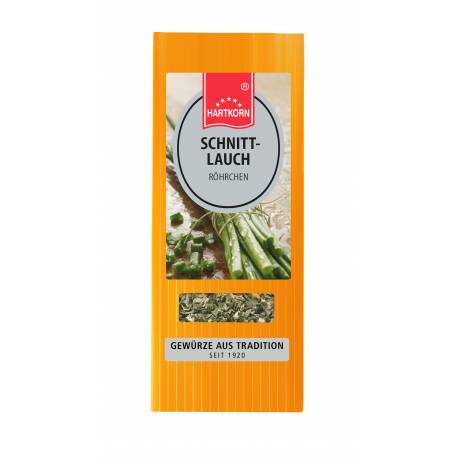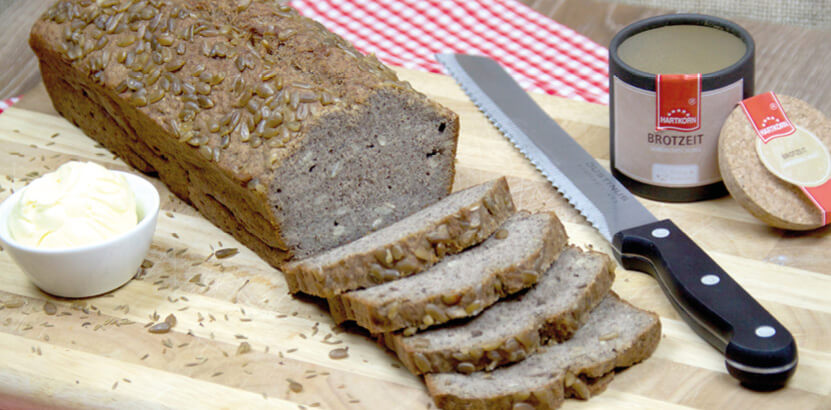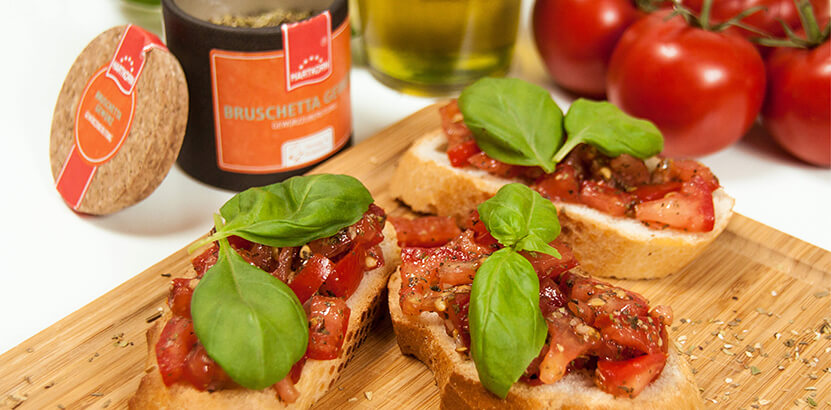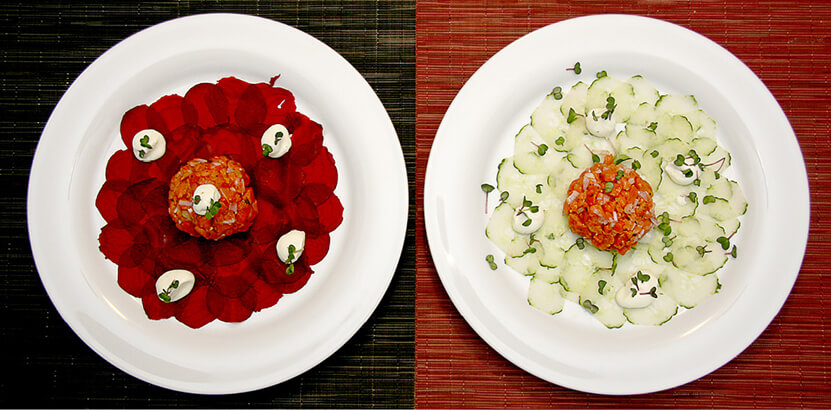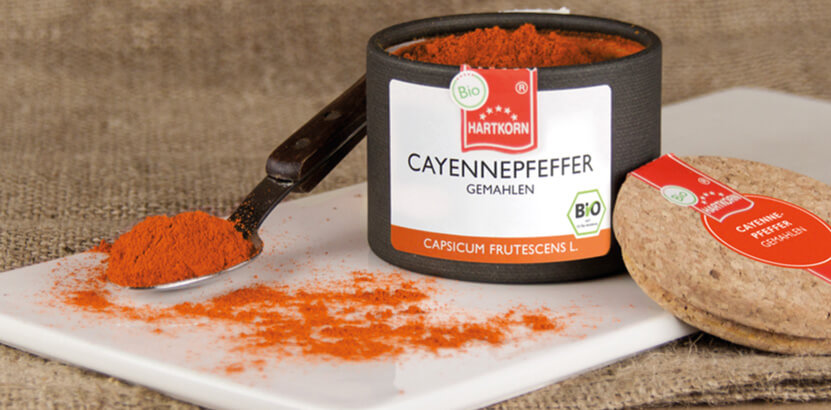use: Chives are used fresh or deep-frozen, less frequently dried or freeze-dried because of their low aroma, and are part of the fines herbes of French cuisine. Only the above-ground tubular leaves are harvested as a kitchen spice. Finely cut, it is added to salads, soups, egg dishes or mayonnaise. Chive bread - a sandwich richly topped with chive rolls - is a popular component of the snack plate in Bavaria as well as in Austria. tip: Recipe suggestion: knowledge: Botany: home & distribution:Natural populations of chives occur in high mountain regions of warm, alpine and arctic Europe, Asia and North America on wet rocky scree, floodplains and snowy soils at altitudes of up to 2600 metres. In addition, it is found especially along river courses on fine earthy and muddy sand and gravel banks. The chives require loose, nutrient-rich and moist soils in their habitats. cultivation & extraction: history: Chives
General information
Use
Things to know
For garnishing soups, sauces, salads, egg dishes, curd
Ingredients: Contains relatively high levels of vitamin C: 70-100mg/100g. In comparison, an orange contains 50mg/100g.
Chesive drink: Mix 125ml of veal or beef stock with the same amount of natural yoghurt. Add salt, pepper and 1 bunch of chopped fresh chives. Whisk everything in a mixer with 2 ice cubes.
botany: There are more than 800 - 1100 species of sage of the genus Salvia (Latin salvare = to heal).
Chives (Allium schoenoprasum), also called cut leek, grass garlic, rush garlic, brislauch, Jacob's onion or cuttings, is a plant species from the genus of the leek (Allium). Chives are widely used as a spice.
Commercially, chives are mostly grown in greenhouses as a seasoning herb, rarely also in field cultivation. In commercial cultivation, the varieties 'Dominant', 'Kirdo', 'Fitlau', 'Wilan' and 'Polyvert' are most common nowadays. In 1991 the area under cultivation in Germany was estimated at around 390 hectares, but figures from 1995 showed only 52 hectares as field crops.
Chives were already known in ancient times. The herb was collected from the meadows and fields and used as a medicine and seasoning herb. According to a legend the emperor Nero (37 - 68 A.D.) ate chives with a lot of oil to get a beautiful voice and to become a great singer. In Germany it was above all Charlemagne who promoted the cultivation of chives. Chives are also described in the writings of the early and late Middle Ages. Herbal witches used the herb to drive away ghosts, against constipation and stomach ailments.
http://de.wikipedia.org/wiki/Schnittlauch


